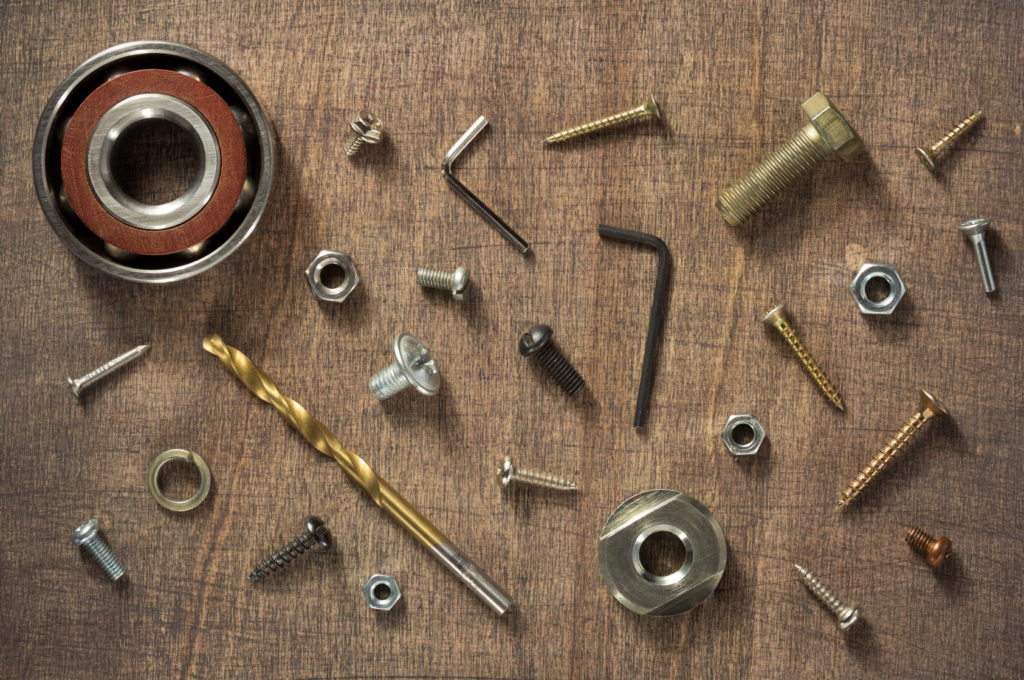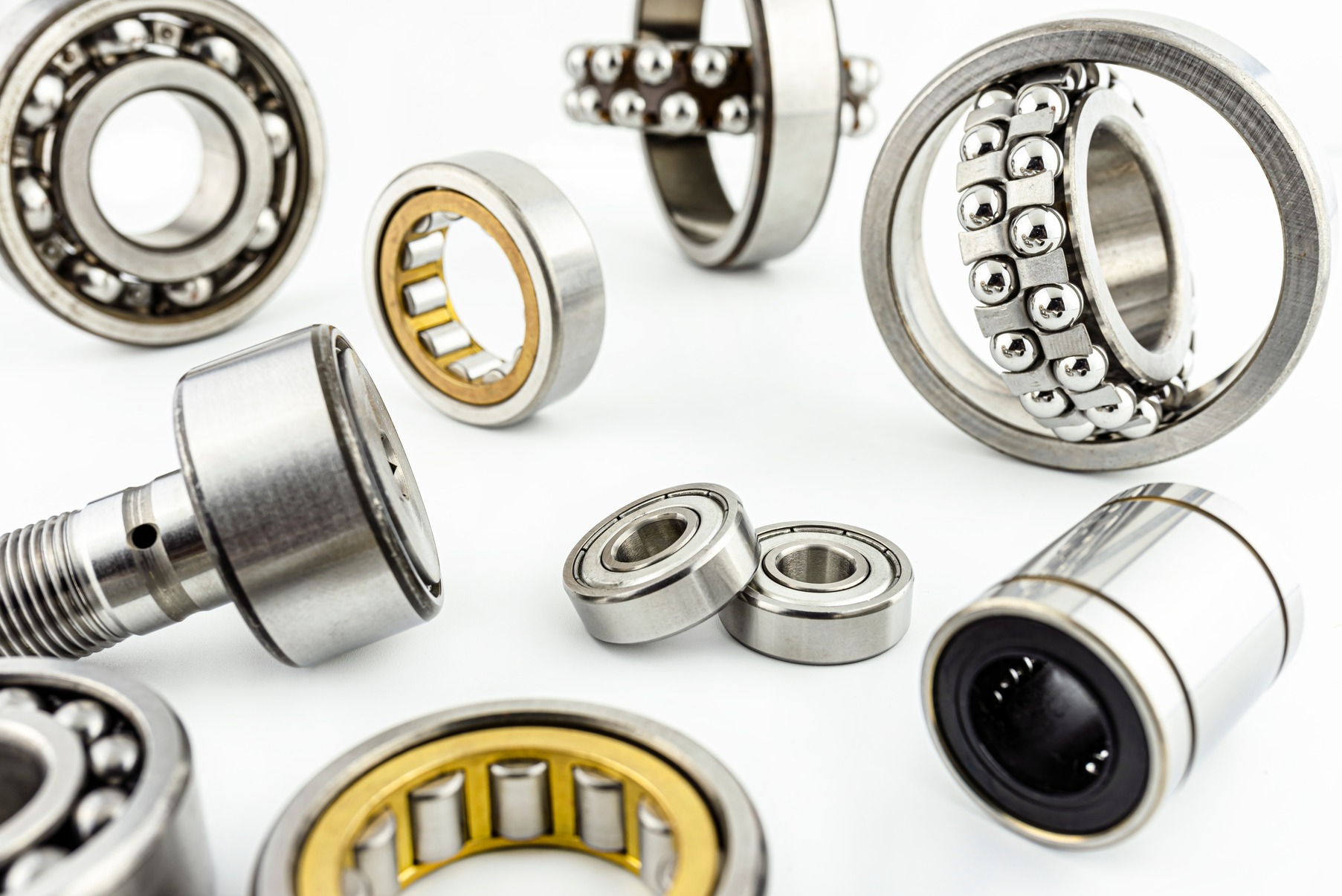Manufacturers often turn to ball screws when making products. This mechanical device converts rotational motion to linear motion. At one time, manufacturers referred to these screws as antifriction nuts, which is one of their main advantages.
The ball screw comprises a threaded shaft with ball bearings. This design allows it to withstand stress and weight. At the same time, it minimizes friction. The standard ball screw comes with a screw and a nut.
Helical indentions in the screw and nut allow ball bearings to move between the two. As this ball screw rotates, the ball bearings to the return system. Once they reach this system, they change direction. This design forms the basis of Dynatect’s ball screw today.

The History of the Ball Screw
Rudolph G. Boehm invented the ball screw almost a century ago. When he did, he probably didn’t realize how popular it would become. However, manufacturers in many industries use ball screws today.
People will find them in cars and trucks, 3D printers, airplanes, missiles, and more. Why do manufacturers find them so useful? Are there situations where ball screws should not be used?
How Does a Ball Screw Differ from a Lead Screw?
A person might confuse a ball screw for a lead screw. However, these products differ in a critical way. While the two are very similar in appearance, the lead screws lack ball bearings in the nut. The nut doesn’t actively roll either. The ball bearings circulating in the nut of the ball screw reduce friction while supporting the load.
The Benefits of Ball Screws
Mechanical efficiency is one reason many manufacturers today choose to use ball screws in their products. Ball screws offer roughly 90 percent efficiency. This means the ball screw can convert 90 percent of the rotational force of the application into linear motion.
Lead screws, in contrast, are only able to convert 20 to 25 percent of the rotational force into linear motion. The lack of efficiency in lead screws has led more manufacturers to rely on ball screws in many applications.
Ball screws minimize friction. The design allows the ball bearings to circulate in the nut. The screw has a smooth gliding surface to reduce friction. This extends the lifespan of the ball screw.
What Manufacturers Need to Know About Ball Screws
Ball screws do come with one disadvantage manufacturers must know of. A ball screw can be back-driven, and this happens more often than manufacturers might like. The lack of friction leads to this problem.
In addition, manufacturers find they pay more for back screws when compared to other mechanical devices that are similar. This includes lead screws. A manufacturer might find the additional cost of the ball screws makes them cost-prohibitive.
Nevertheless, many manufacturers find ball screws ideal for their needs. The low friction and outstanding mechanical efficiency are enough to justify the higher cost. Learn more today to see if the use of ball screws will improve the quality and performance of a product. If it will, this is the screw the manufacturer should use.





Be First to Comment